I'm looking for a glue for eyelash extensions that emits little fumes" - that's a question we often find in our mail. While we can offer some general advice on which glues contain fewer fumes or how to avoid chemical burns, this has us got me thinking about the nature of glue and what exactly is the best course of action when it comes to glue fumes.
The fumes in eyelash extension glue come from cyanoacrylate - the main ingredient in any eyelash extension glue. Cyanoacrylate is responsible for most allergic reactions, chemical burns, and a bit of respiratory irritation for some of us when applying lashes. However, fewer fumes also mean less cyanoacrylate, which in turn means the glue dries slower, which in turn means the fumes stay in the air a little longer - so are fewer fumes better?
Add to that the fact that while a faster glue technically releases more fumes, those fumes don't last as long because the glue cures faster, and it can get a little dizzy!
Even if we can find an eyelash adhesive that has the right balance between drying time and smoke production, reducing the humidity is enough to increase the drying time and therefore the duration of the smoke production.
So instead of looking for an adhesive with fewer fumes, what can we do to ensure that the adhesive fumes are less of a nuisance to you and your customers?
Use a jade stone and not a glue ring
While the proximity of the adhesive rings is very handy when it comes to the speed of dipping and application as they are very close to both you and your client's lashes, this very closeness creates irritation for both of you!
The amount of glue being so close to your client's eyes results in a higher risk of chemical burn than just applying the glue to the lashes. It also gets the glue closer to your and your customers' airways, which of course can cause irritation. While you can't completely stay away from the glue, you can increase the distance by using a glue stick instead of a ring. Using a jade stone for eyelash glue instead of a glue ring has many other advantages such as: E.g. less waste, less glue consumption and more cost-effectiveness.
Wear a face mask at work
If you often feel a bit stuffy at work, or if your throat is a bit dry, itchy or even blocked, it is very likely that the adhesive fumes are affecting your airways. So make sure you wear a face mask while you work - it's the only way to avoid irritating your respiratory tract while you work.
If your client has a chemical burn, there are a few things you can do to ensure you do everything you can to avoid it. Chemical burns occur when adhesive fumes get into your eyes, but it's not always the fault of the adhesive!
Always ensure your client's eyes are fully closed by running a small mirror along the eyepatch - if you can see even the whites of the eyes, the chances of a chemical burn are high. If your customer won't close their eyes, try the following:
- Use a small piece of tape to hold the eyelid closed if the sufferer has trouble closing their eyes.
- Be careful not to press the eye patches too hard with the insulating tweezers.
- Try using foam tape instead of eye patches if your client has trouble keeping them closed due to the shape of their eyes.
- Glue an eyelash to the eye patch to keep the eyelids closed
- Discourage caffeine and/or sugar consumption for at least an hour prior to treatment to avoid eyelid flickering
- Stick a small coin on the eyelid to weigh down the lid and prevent flickering.
In short, there are so many factors that affect how much the glues dampen that it's far better to simply choose the glue that works best for you in terms of drying time and use, and your course of action adjust little to avoid possible irritation from the fumes.

